Labs & Observatories
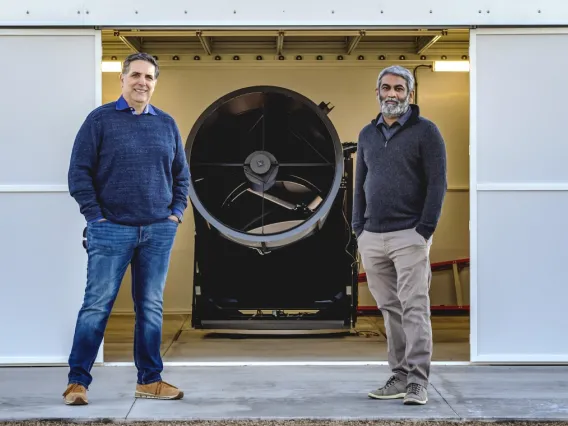
Space Domain Awareness Observatory (SDO)
We have a long-standing relationship with Biosphere 2 (B2) and have collaborated on numerous outreach and public service events with them. We have recently expanded our footprint with the installation of two new passive RF antennas (2.4-m and 5.3-m) at Biosphere 2 and a larger 1.0-m optical sensor. There is currently a total of ten telescopes located at the SDO.
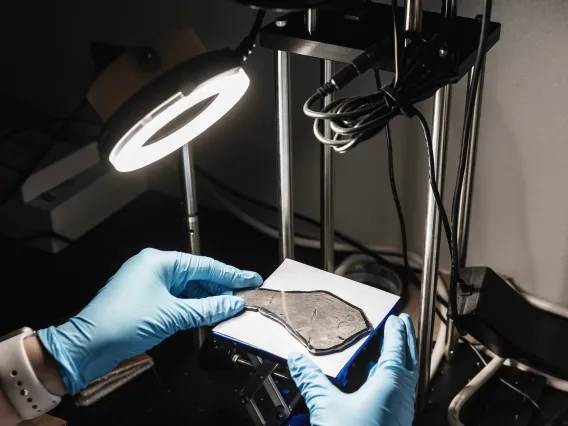
Space Materials Characterization Lab
Vishnu Reddy's Space Materials Characterization Lab characterizes how materials reflect light at different wavelengths. These materials can be parts of spacecraft, meteorites, or chemical and material analogs. The lab has spectrometers that measure reflectance properties from a wavelength range of 0.2microns to 25microns. The lab also houses vacuum chambers that allow researchers to replicate the vacuum of space and control temperatures from 70K to 1,200K and take spectra of materials under these conditions.
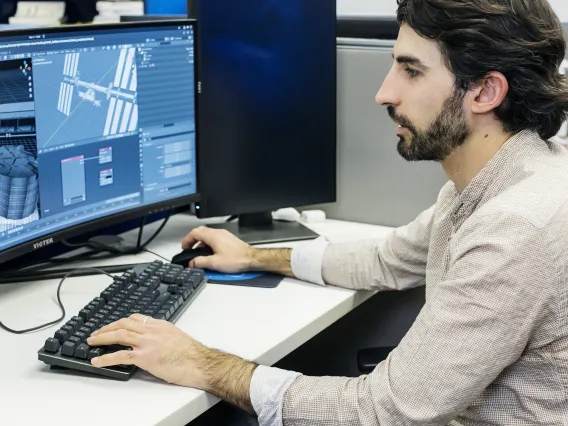
Space Systems Engineering Laboratory (SSEL)
Dr. Roberto Furfaro's SSEL plays a crucial role in supporting the Space4 Center's mission of enhancing space safety, security, and sustainability through the development and application of advanced AI-based technologies and techniques. The lab provides support and expertise for developing and implementing its space domain awareness (SDA) architecture. This includes developing tools and algorithms for automating key functions, such as observation planning, optimal telescope tasking and control, and object catalog maintenance, by leveraging its expertise in artificial intelligence and space engineering. SSEL also conducts research on advanced orbit determination and propagation methods based on cutting-edge machine learning techniques. This research is critical in enabling the center to accurately and timely track and predict the movements of artificial objects in space, with a particular focus on the characterization of satellites in cislunar orbit. The lab also works closely with the Space4 Center to identify and address potential challenges and gaps in the current system and provide recommendations for improvements and enhancements.
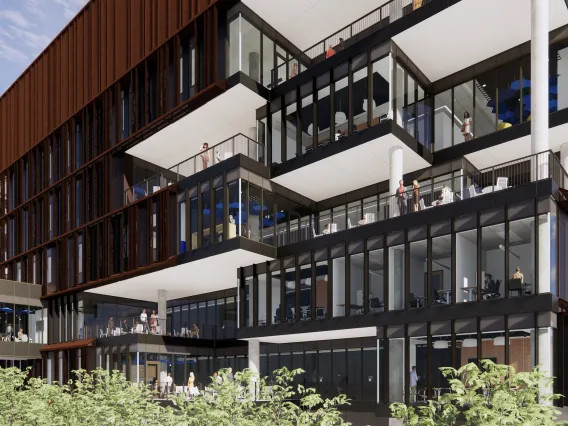
Grand Challenges Research Building
Space4 has a laboratory, research, and office space in GCRB. The seven-story, nearly 115,000-square foot building is designed to draw on the university’s core strengths and research collaborations to forge major breakthroughs. The building is a key component of the "Grand Challenges" pillar of the university's strategic plan. Those grand challenges fall under areas such as space exploration, artificial intelligence, the environment, and disease prevention. The GCRB is located on Cherry Avenue between East University Boulevard and East Fourth Street and will connect to the Meinel Optical Sciences Building.
Instrumentation & Telescopes
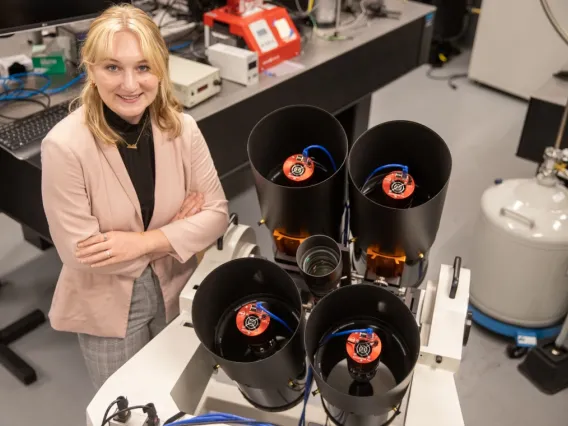
Telescopes
- RAPTORS-1: On U of A Main Campus
- RAPTORS-2: At Biosphere 2 (B2)
- SPECTRE: At B2
- Stingray: At B2
- C14: At B2
- PW12.5: At B2
- Leo Minor: At B2
- KESTREL: In South Australia
- MOA: At B2
- CONDOR: At B2
- 5.3-m RF: At B2
- 2.4-m RF: At B2

